How can lightsail technology advance to help humanity travel to other star systems? This is what a recent study published in Nature Communications hopes to | Space
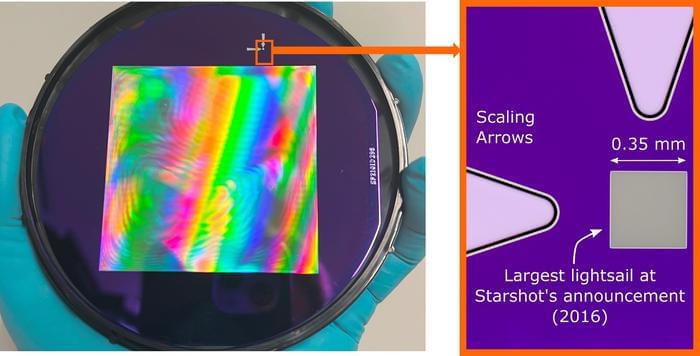

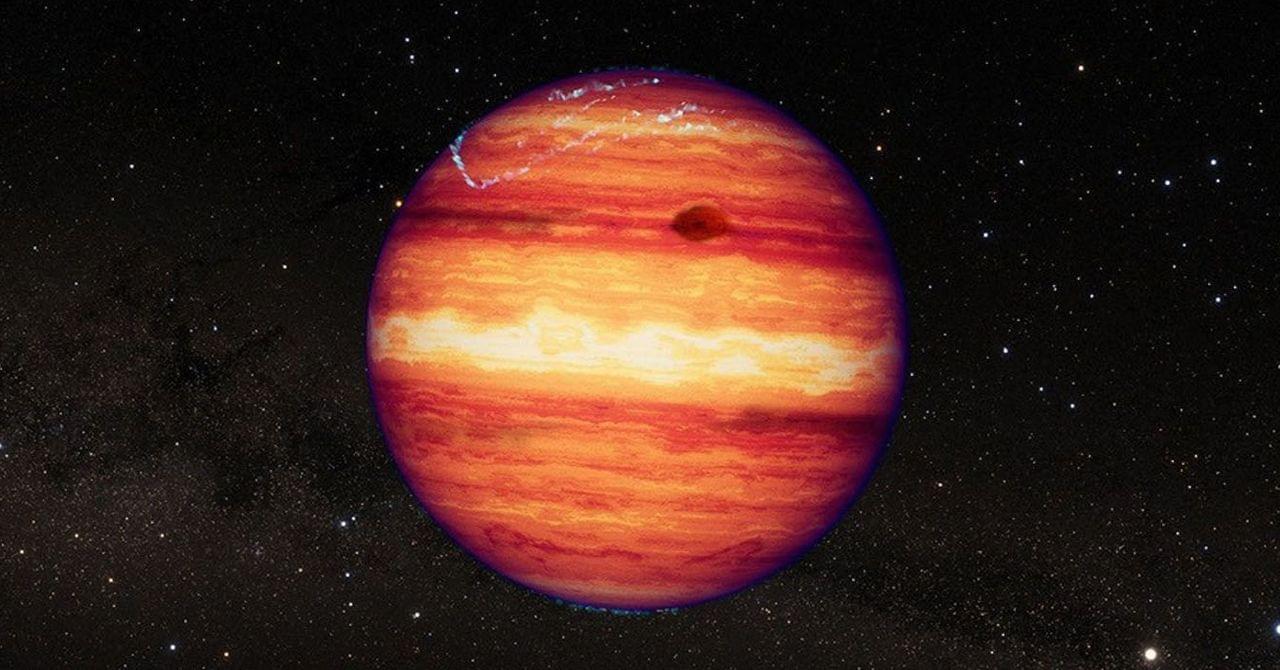
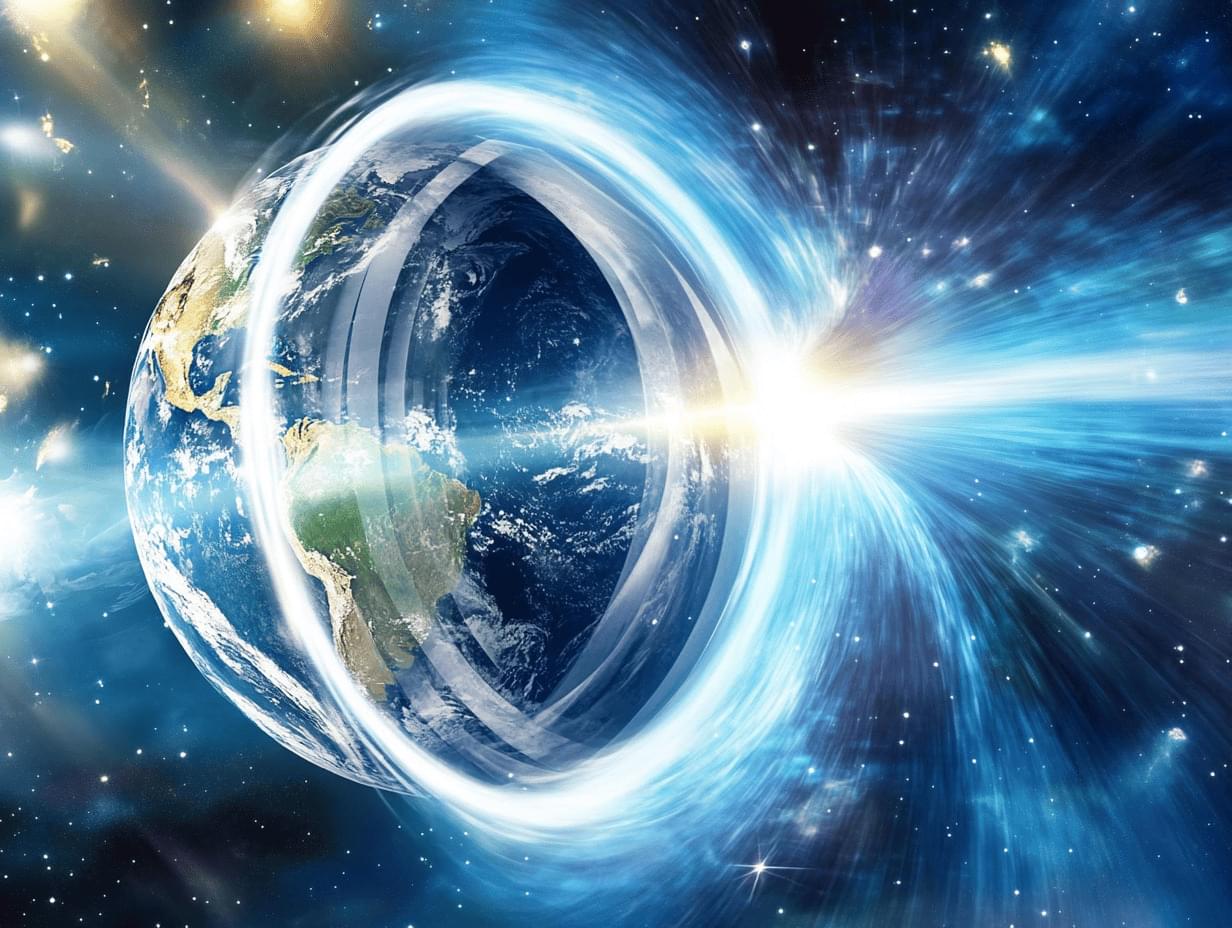
Chyba and his team tilted the cylinder precisely at 57 degrees, orienting it perpendicular to both Earth’s magnetic field and its rotational motion. Electrodes attached at each end measured an unmistakable — but minuscule — direct current voltage of about 18 microvolts. Rotate the cylinder 90 degrees, and the voltage vanished. Reverse the cylinder, and the voltage flipped. Control tests with solid cylinders produced no voltage at all. The device was carefully shielded from external interference, such as temperature fluctuations and background electromagnetic noise, to ensure the results were accurate.
“It has a whiff of a perpetual motion machine,” Chyba told Physics Magazine, acknowledging the skepticism his results would inevitably invite. But the physics, he insisted, was sound. The electricity, though tiny, genuinely appeared to flow from Earth’s spin.
The current generated by the device is proportional to its size and the strength of Earth’s magnetic field, which is relatively weak. To produce meaningful amounts of power, the device would need to be much larger or made of materials with even more favorable properties. The researchers speculate that future versions could be miniaturized and connected in series to amplify the voltage, or deployed in space where Earth’s magnetic field is stronger.
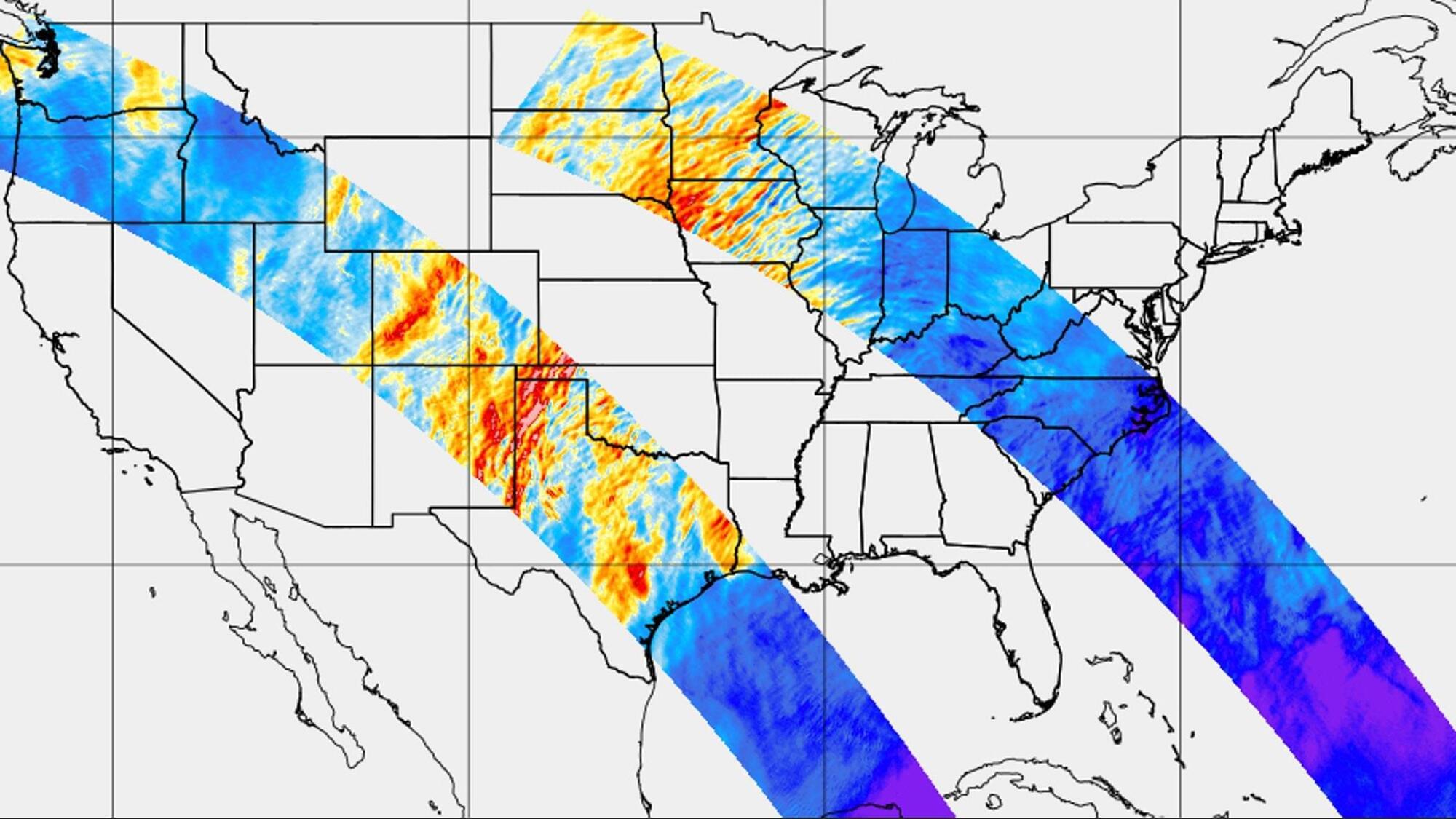
NASA’s AWE mission just released millions of gravity wave images from space, unveiling atmospheric forces that ripple through the sky and affect our tech on Earth. It’s a whole new window into space weather.
After completing its 3,000th orbit aboard the International Space Station (ISS), NASA’s Atmospheric Waves Experiment (AWE) has released its first set of scientific data. This milestone marks a major step in studying how subtle changes in Earth’s upper atmosphere can lead to disturbances, and how those disturbances can affect technologies like satellites, communications systems, and GPS on Earth and in space.
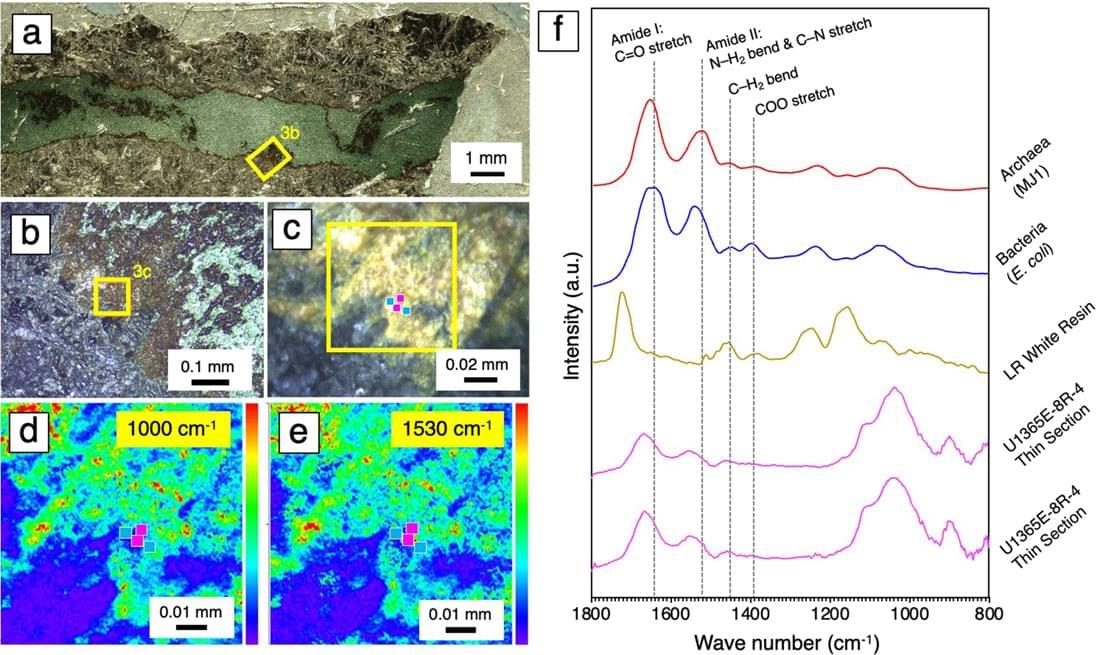
New method to detect life makes Mars sample return protocols rock solidWithin the next decade, space agencies plan to bring samples of rock from Mars to Earth for study. Of concern is the possibility these samples contain life, which could have unforeseen consequences. Therefore, researchers in this field strive to create methods to detect life. For the first time, researchers, including those from the University of Tokyo and NASA, successfully demonstrated a method to detect life in ancient rocks analogous to those found on Mars.
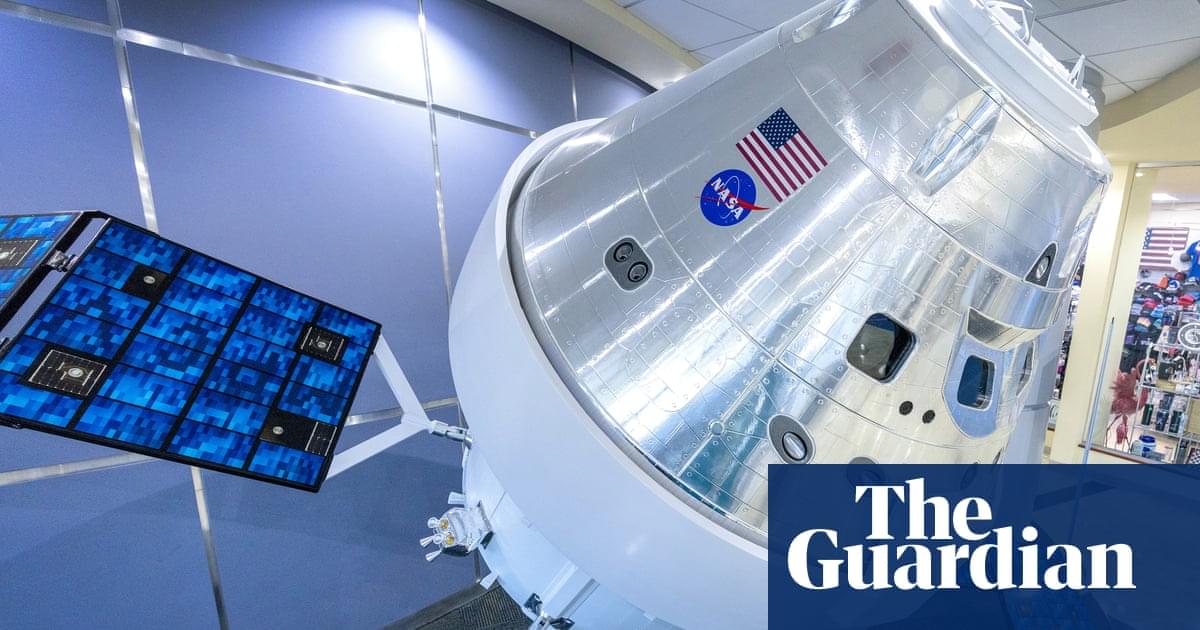
Joscha Bach, Cognitive Scientist and AI researcher, as well as Anthony Aguirre, UCSC Professor of Physics, join us to explore the world through the lens of computation and the difficulties we face on the way to beneficial futures.
Topics discussed in this episode include:
-Understanding the universe through digital physics.
–How human consciousness operates and is structured.
–The path to aligned AGI and bottlenecks to beneficial futures.
–Incentive structures and collective coordination.
Find the page for this podcast here: https://futureoflife.org/2021/03/31/j… to be the FLI Podcast Producer here: https://futureoflife.org/job-postings/ Follow the podcast on: Spotify: https://open.spotify.com/show/2Op1WO3… Apple Podcasts: https://podcasts.apple.com/us/podcast… SoundCloud: / futureoflife Have any feedback about the podcast? You can share your thoughts here: www.surveymonkey.com/r/DRBFZCT Timestamps: 0:00 Intro 1:58 What is truth and knowledge? 11:39 What is subjectivity and objectivity? 15:13 What is the universe ultimately? 20:32 Is the universe a cellular automaton? Is the universe ultimately digital or analogue? 25:59 Hilbert’s hotel from the point of view of computation 39:14 Seeing the world as a fractal 43:00 Describing human consciousness 57:46 Meaning, purpose, and harvesting negentropy 1:02:30 The path to aligned AGI 1:05:13 Bottlenecks to beneficial futures and existential security 1:16:01 A future with one, several, or many AGI systems? How do we maintain appropriate incentive structures? 1:30:39 Non-duality and collective coordination 1:34:16 What difficulties are there for an idealist worldview that involves computation? 1:37:19 Which features of mind and consciousness are necessarily coupled and which aren’t? 1:47:47 Joscha’s final thoughts on AGI This podcast is possible because of the support of listeners like you. If you found this conversation to be meaningful or valuable, consider supporting it directly by donating at: https://futureoflife.org/donate Contributions like yours make these conversations possible.
Apply to be the FLI Podcast Producer here: https://futureoflife.org/job-postings/
Follow the podcast on:
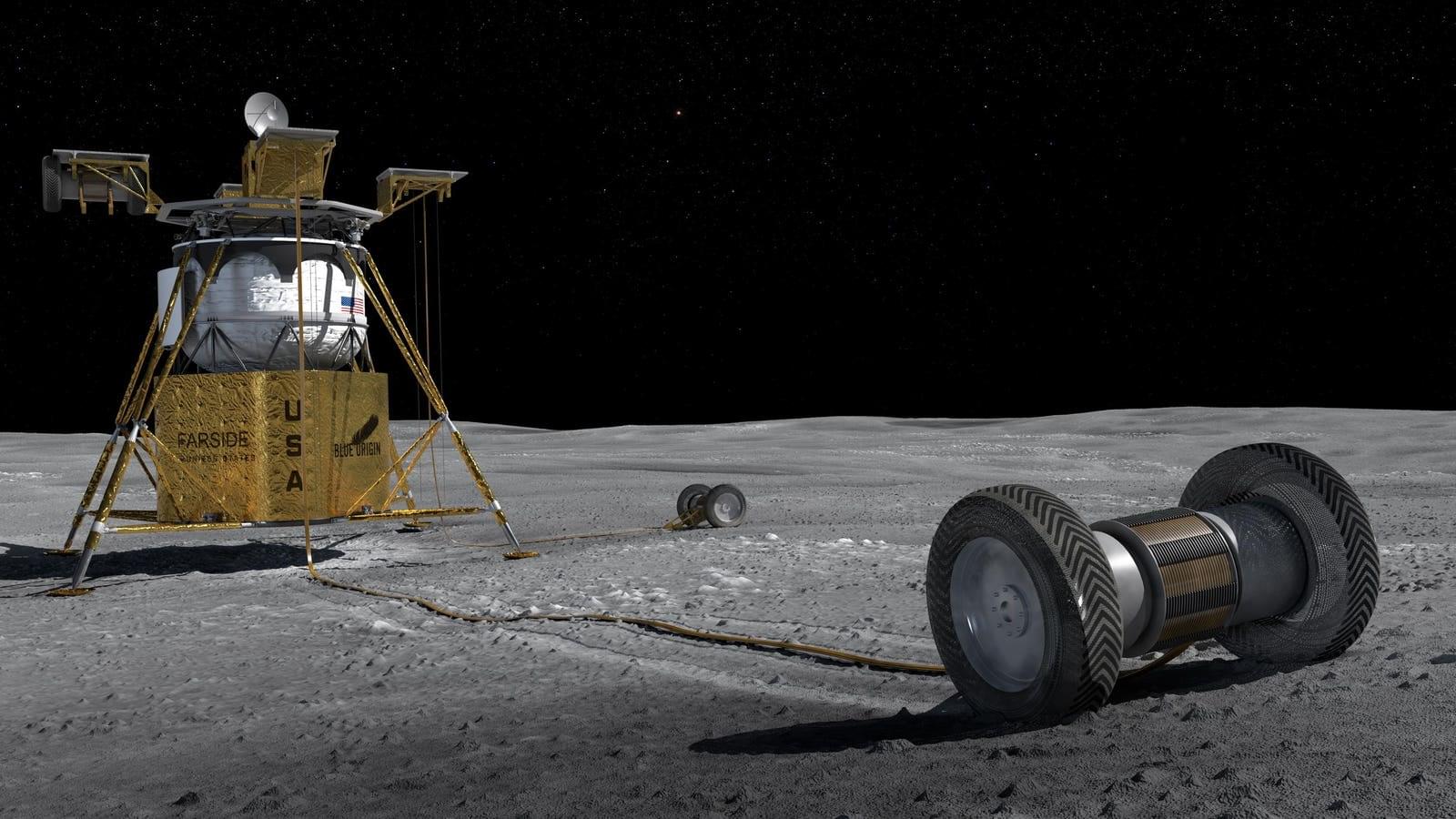
For the first time ever, a very low frequency radio telescope has successfully sent back astronomical data from the lunar surface. Although the mission didn’t quite go as planned, the data has enabled ground-based researchers to confirm the low frequency signature of our own Milky Way Galaxy. A team led by the University of Colorado at Boulder has published their results in The Astrophysical Journal.
We have demonstrated that radio astronomy from the Moon can be done at reasonable costs, and the science potential is high, Jack Burns, a co-author on the paper and a professor emeritus of Astrophysics at the University of Colorado Boulder, tells me via email.
The team used the NASA-funded $2.5 million ROLSES-1 (Radiowave Observations on the Lunar Surface of the photo-Electron Sheath) instrument sent to the Moon as part of Intuitive Machine’s 2024 Odysseus lander. Although Odysseus landed near the ‘Malapert A’ crater, within some 10 degrees of the Moon’s South Pole, it landed badly.

Scientists are diving into the deep sea to study one of the universe’s biggest mysteries—quantum gravity.
Using KM3NeT, a vast underwater neutrino telescope, researchers are watching ghost-like particles that may hold the key to uniting the physics of the very large and the very small. By analyzing how neutrinos oscillate—or don’t—during their journey through space, they’re searching for subtle signs of decoherence, a possible effect of quantum gravity.
A tiny particle and a big physics puzzle.
Join us for a fascinating interview with Art Ramon, an OmniFuturist and surrealist artist who bridges traditional oil painting with cutting-edge AI art techn…